All Stories
-
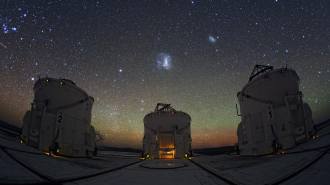 Astronomy
AstronomyAstronomers call for renaming the Magellanic Clouds
Explorer Ferdinand Magellan is not a fitting namesake for the pair of satellite galaxies of the Milky Way, a group of scientists argues.
-
 Health & Medicine
Health & MedicineHere’s how much coronavirus people infected with COVID-19 may exhale
Just breathing naturally can lead people with COVID-19 to emit dozens of copies of viral RNA a minute and that can persist for eight days, a study finds.
-
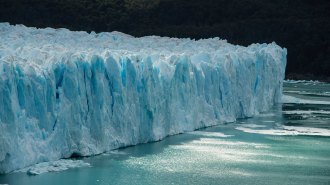 Climate
Climate‘Our Fragile Moment’ finds modern lessons in Earth’s history of climate
Michael Mann’s latest book, Our Fragile Moment, looks through Earth’s history to understand the current climate crisis.
-
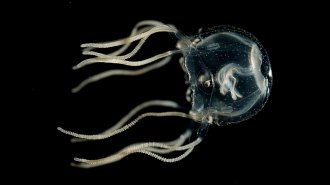 Animals
AnimalsThese brainless jellyfish use their eyes and bundles of nerves to learn
No brain? No problem for Caribbean box jellyfish. Their seemingly simple nervous systems can learn to avoid obstacles on sight, a study suggests.
-
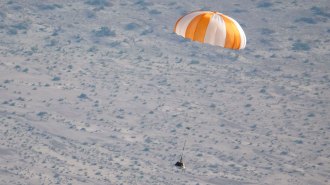 Space
SpaceNASA’s OSIRIS-REx has returned bits of the asteroid Bennu to Earth
Asteroid dirt from Bennu could help reveal clues about the material that came together to make the solar system — and possibly where life comes from.
-
 Health & Medicine
Health & MedicineMouth taping may be a trending sleep hack, but the science behind it is slim
Mouth taping is big on social media, but few studies have evaluated it. Some evidence suggests that sealing the lips shut may help people with sleep apnea.
By Meghan Rosen -
 Health & Medicine
Health & MedicineHow brain implants are treating depression
This six-part series follows people whose lives have been changed by an experimental treatment called deep brain stimulation.
-
 Neuroscience
NeuroscienceToday’s depression treatments don’t help everyone
In the second story in the series, deep brain stimulation is a last resort for some people with depression.
-
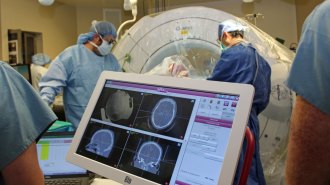 Health & Medicine
Health & MedicineThe science behind deep brain stimulation for depression
The third part of the series explores the promising brain areas to target for deep brain stimulation for depression.
-
 Neuroscience
NeuroscienceWhat’s it like to live with deep brain stimulation for depression?
The fourth article in the series explores the physical and emotional challenges of experimental brain implants for depression.
-
 Health & Medicine
Health & MedicineThere’s a stigma around brain implants and other depression treatments
The fifth article in the series asks why people are so uncomfortable with changing the brain.
-
 Neuroscience
NeuroscienceWhat’s the future of deep brain stimulation for depression?
The final story of the series describes efforts to simplify and improve brain implants for severe depression.